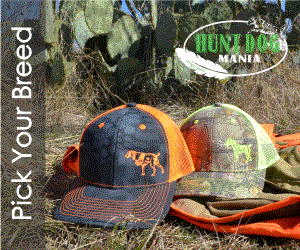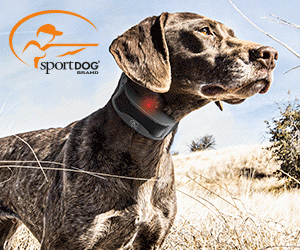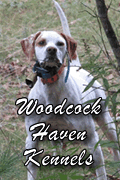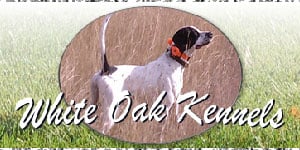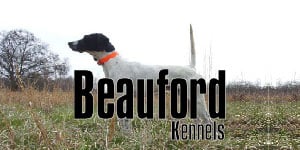Grand Bleu de Gascogne
Grand Bleu de Gascogne's for Sale| Grand Bleu de Gascogne Kennels & Breeders | Grand Bleu de Gascogne Photos
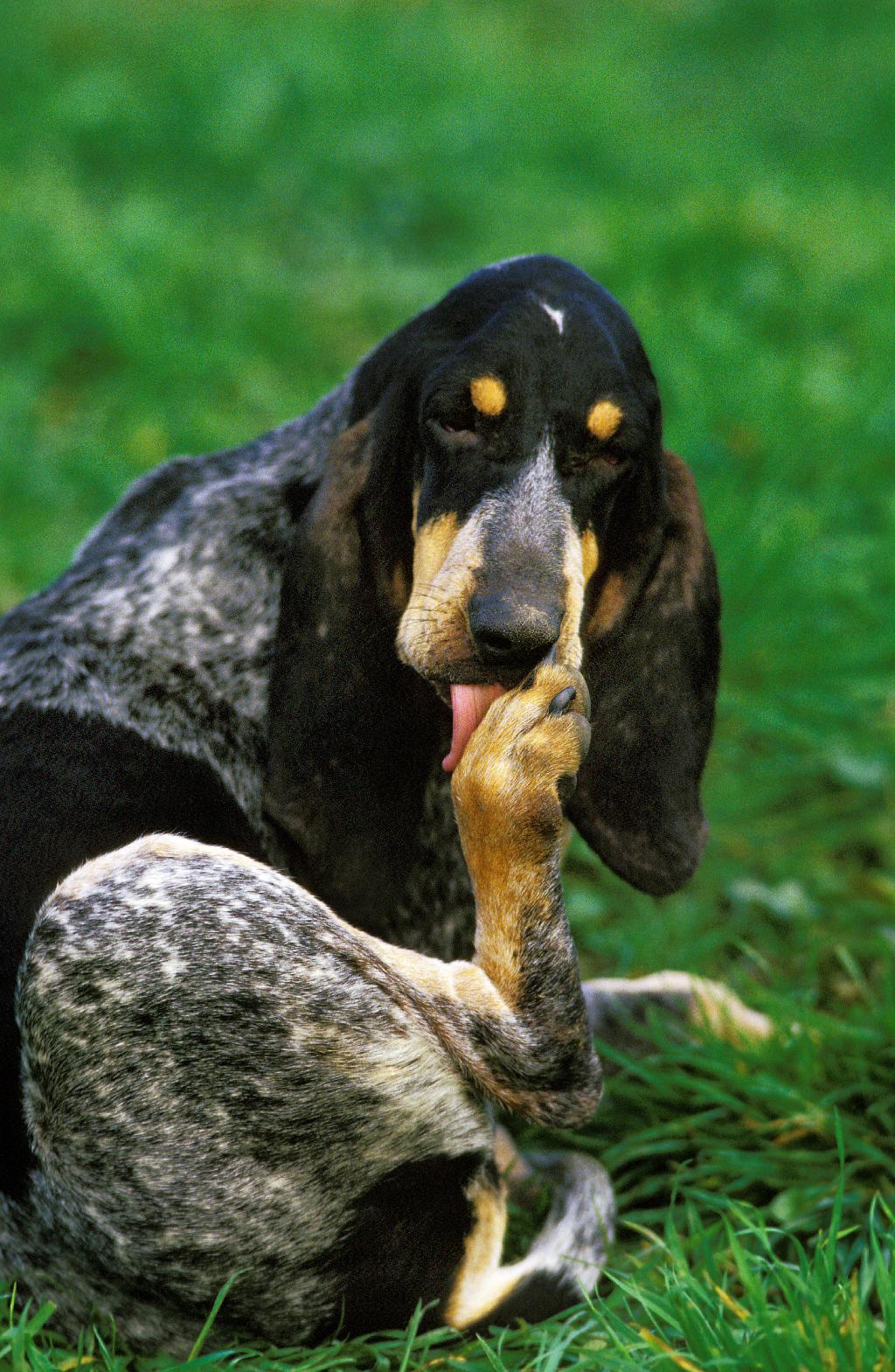
Grand Bleu de Gascogne Litter Annoucement | Grand Bleu de Gascogne Puppies for Sale | Grand Bleu de Gascogne Started Dogs | Grand Bleu de Gascogne Finished Dogs | Grand Bleu de Gascogne Stud Dogs
Description
The Grand Bleu de Gascogne is a large, long-legged, and versatile dog breed of the scent hound descent, originally developed in France for hunting as a pack. They're brilliant and courageous hunting dogs, yet a gentle & loyal giant as pets.
About and Brief History of the Grand Bleu de Gascogne
The Grand Bleu de Gascogne, or referred to as the Large Blue Gascony Hound, is considered one of the oldest living hunting dog breeds, dating as far back as the Medieval Ages when it was used to hunt big game like bears, wolves, boars, and deer. These dogs are imposingly large with a slightly dome-shaped head, dropping lips, large drop ears, long legs, and a very muscular body.
They are a purebred dog breed originally created in France from crossing ancient bloodhounds kept by the Phoenicians and Gaul, including the now-extinct St Hubert Hound and Local Chiens Courant. As one of the ancient dog breeds of scent hound, the Grand Bleu de Gascogne formed the breeding basis for most hound-type dogs in existence today. Historically, they were primarily a hunting breed, but could also be used as working dogs due to their strength and stamina.
Even though the Grand Bleus have been around for centuries, their history has only been documented in the last 500 or so years. For example, French Royalty records portray Comte de Foix as having a pack of Grand Bleus in the 14th century. The same is also true of French King Henry IV who is thought to have owned a pack in both the 16th and 17th centuries.
The dog breed also has a fancied history in the United States where they were first introduced in the late 1700s. There are accounts of General Lafayette presenting a 7-pack of these dogs to his friend George Washington in 1785. The first US president was so impressed by their majestic gait, imposing size, and melodious bay that he began breeding his own pack. Interestingly, there are now more Grand Bleu dogs in American than in France.
Nowadays, the Grand Bleus are still actively used as hunting dogs, particularly when it comes to pursuing larger game like boars, deer, etc.). The breed is used more by specialist hunters rather than as pets.
Appearance
The Grand Bleu de Gascogne is a huge dog breed, standing around 25.2 to 28 inches (64-70 cm) high at the withers and tipping the scale at a whopping 80 to 120 pounds (32-35 kg). They carried over much of the characteristics of their bloodhound ancestors - they sport a strong, muscular body and a surprisingly long head with a slightly convex skull, strong jaws, and a non-pronounced stop.
The Grand Bleus are prized for their long legs, drooping lips, and generally refined hound appeal. The nose is black and well-structured with a wide-open nostril, sometimes taking a lighter or pinkish shade when it's particularly frosty. One of their most endearing features, their pendulous ears are somewhat twisted inwards, thin, and set very low, tapering towards the cheeks.
The Grand Bleus deep brown eyes can be almond-shaped, round, or somewhere in between. They have an expression often described as "pleading or gentle". Another impressive feature of these hunting dogs is the coat, which is dense, straight, and short with a slate blue overall look because of the black mottling set on a white background.
Beautiful black patches can also be seen on both sides of the head, plus tan markings appear above the eyes. A white patch with a small, oval black spot in the middle is commonly found on top of the dog's head.
They have a uniform topline and muscular, well-structured shoulders that lead to a moderately long and extended neck. The dog's hindquarters are showy, well-developed, and flaunt a decent amount of muscle with well-built hips and thighs.
They have strong, thick, and long front legs that hinge close to the dog's chest. Talking of the chest, Grand Bleu's is broad, deep, and long, often building down to the elbow of the front limbs. They have slightly long, tapered, and thick tails, frequently carried high when running or hunting.
Temperament and Demeanor
The Grand Bleu is generally an easygoing, sociable dog breed that gets along well with children. Because they were historically bred to hunt in packs, they tend to thrive better with other dogs and larger pets. Expect them to be loyal, loving, and passionate pets ready to shower you with lots of attention, love, and protection.
They maintain an active, jovial, and energetic approach to life, so they may not appreciate being locked in a kennel or left alone for long. These hunting dogs are well-known for the deep, melodious howl or bay that can be heard several miles away, meaning they're not great for condo and apartment living. Overall, Grand Bleus are gentle giants with even, all-around temperament and pack-oriented personality.
Health, Care, and Grooming
These are highly active and playful dogs, which calls for 80+ minutes of daily exercise. A walk of at least 18 miles per week is good for their health and well-being. All up, the Grand Bleu de Gascogne is typically a robust and healthy breed with a lifespan of 10-12 years. However, you may want to watch out for ear infections and hip/elbow dysplasia.
They're relatively easy to groom; brush down their coat once or twice a week, but pay more attention to their ear health.
Colors
• White w/Tick
Grand Bleu de Gascogne's for Sale | |

